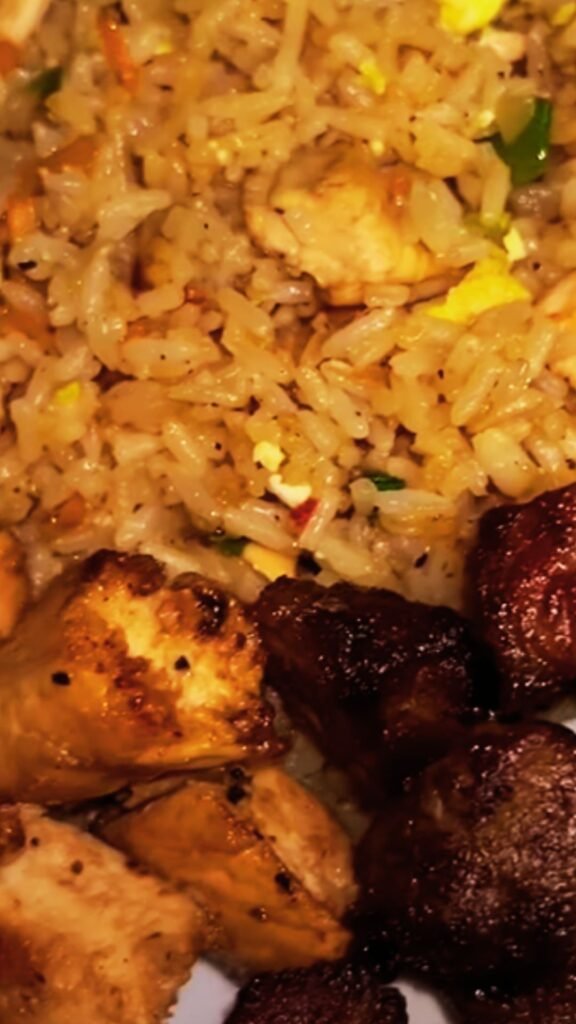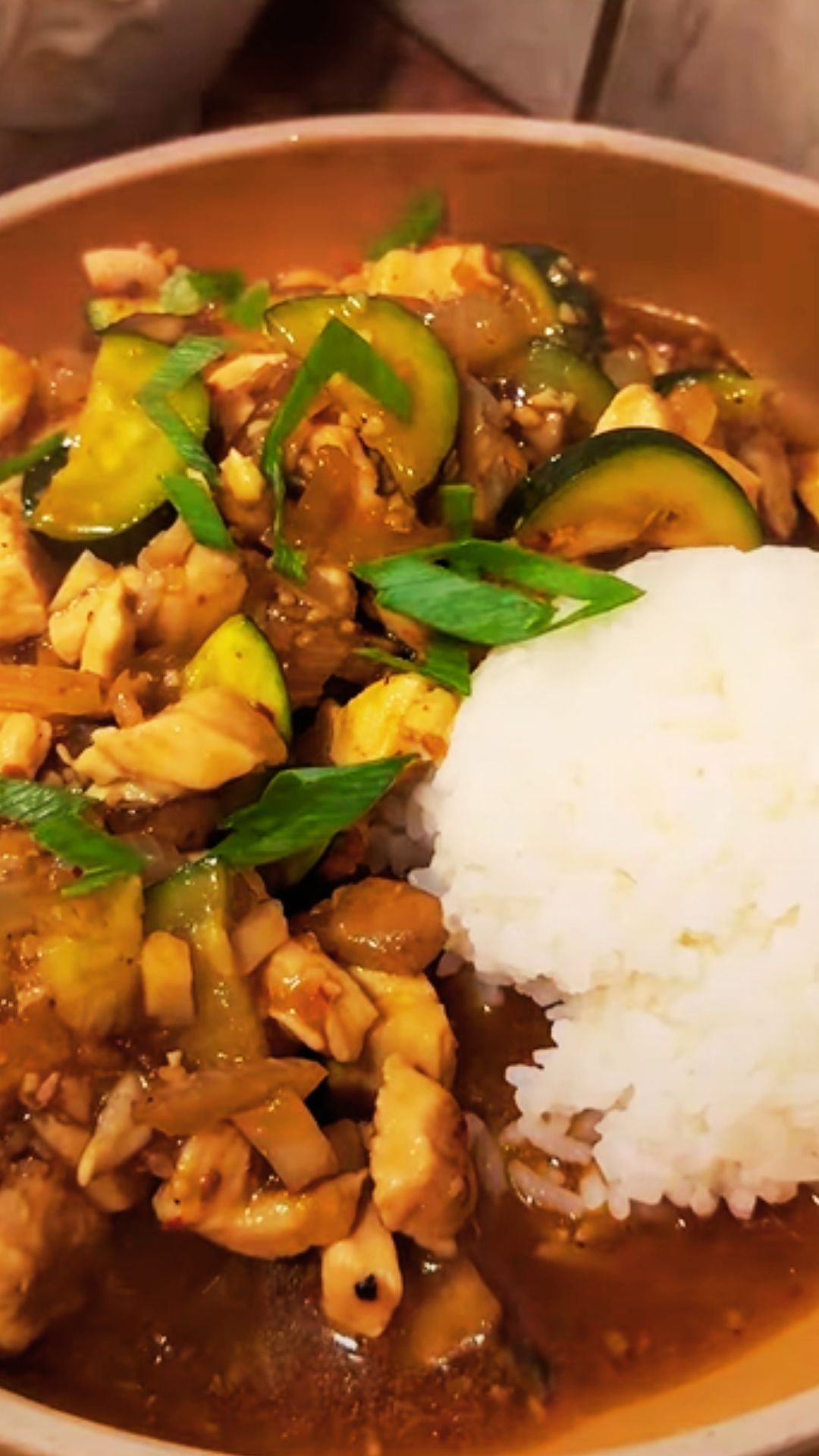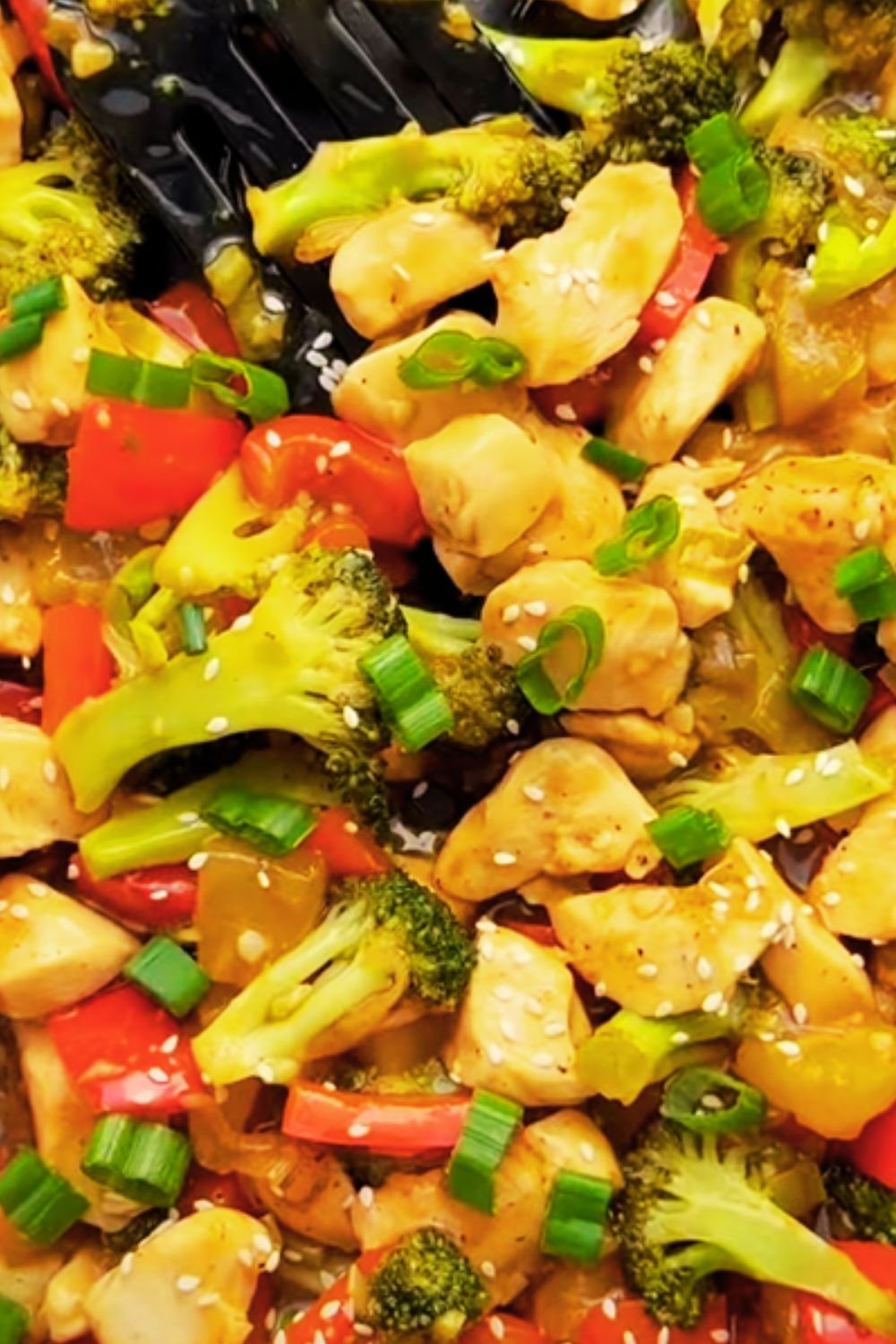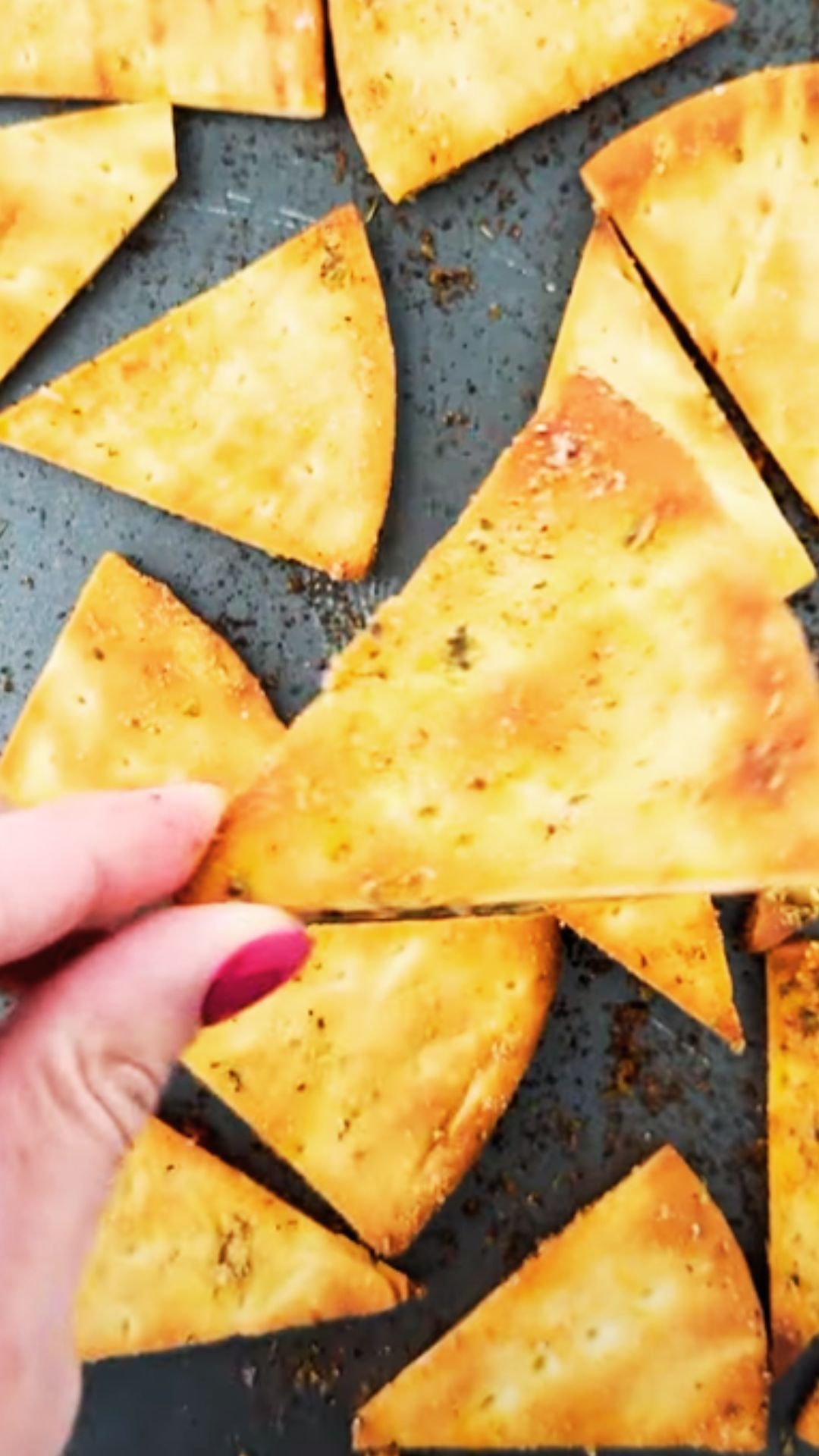When I first tasted hibachi chicken at a Japanese steakhouse, I was absolutely mesmerized by the theatrical cooking display and the incredible flavors that emerged from that sizzling hot grill. The chef’s knife work was poetry in motion, and the aroma that filled the air was nothing short of intoxicating. After years of perfecting my technique, I’m thrilled to share everything I’ve learned about creating this restaurant-quality dish in your own kitchen.

Hibachi chicken represents the perfect marriage of Japanese cooking techniques with flavors that appeal to Western palates. What started as a simple grilling method has evolved into an art form that combines precise temperature control, masterful seasoning, and theatrical presentation. My journey with hibachi cooking began during my culinary school days, where I became fascinated by the precision and showmanship involved in teppanyaki-style cooking.
Understanding Hibachi Cooking
Hibachi: Originally referring to a traditional Japanese heating device, the term has evolved in Western cuisine to describe the style of cooking performed on flat iron griddles, often called teppanyaki grills.
Teppanyaki: The authentic Japanese cooking style that uses an iron griddle to cook food, which is what most Western “hibachi” restaurants actually employ.
Maillard Reaction: The chemical reaction between amino acids and reducing sugars that gives hibachi chicken its distinctive golden-brown color and complex flavors.
High-Heat Cooking: The fundamental technique that creates the characteristic sear and locks in juices while developing a flavorful crust.
The magic of hibachi chicken lies in its simplicity combined with technical precision. Unlike complex sauce-heavy dishes, hibachi chicken relies on high-quality ingredients, proper seasoning, and masterful heat control to create its signature taste profile. When I teach this technique to aspiring home cooks, I always emphasize that the beauty is in the restraint – letting the natural flavors of the chicken shine through while enhancing them with carefully chosen seasonings.
Essential Ingredients and Equipment
Creating authentic hibachi chicken requires specific ingredients that work harmoniously together. Through countless experiments in my kitchen, I’ve identified the core components that make the difference between good and exceptional hibachi chicken.
Primary Ingredients
| Ingredient | Quantity (Serves 4) | Purpose | Quality Notes |
|---|---|---|---|
| Chicken Thighs (boneless) | 2 lbs | Main protein | Choose thighs over breasts for better flavor retention |
| Soy Sauce (low sodium) | 1/4 cup | Base umami flavor | Japanese brands like Kikkoman work best |
| Butter | 4 tablespoons | Richness and browning | Unsalted European-style preferred |
| Garlic (fresh) | 6 cloves | Aromatic base | Avoid pre-minced; fresh provides better flavor |
| Ginger (fresh) | 2 inches | Warm spice note | Young ginger is less fibrous |
| Sesame Oil | 2 tablespoons | Nutty finish | Pure sesame oil, not blended |
| Vegetable Oil | 3 tablespoons | High-heat cooking | Neutral oils like canola work well |
Supporting Flavor Elements
| Ingredient | Quantity | Role | Substitution Options |
|---|---|---|---|
| Sake | 2 tablespoons | Deglazing and depth | Dry white wine or rice wine vinegar |
| Mirin | 1 tablespoon | Subtle sweetness | Mix 1 tsp sugar with 1 tbsp rice vinegar |
| White Pepper | 1/2 teaspoon | Clean heat | Black pepper (use less) |
| Sea Salt | To taste | Seasoning enhancement | Kosher salt works well |
| Green Onions | 4 stalks | Fresh finish | Chives or regular onions |
| Lemon | 1 medium | Brightness | Lime can substitute |

The equipment you choose can make or break your hibachi chicken experience. I’ve learned this lesson the hard way after ruining several batches with inadequate tools. A proper setup ensures even cooking and allows you to achieve that coveted restaurant-quality sear.
Essential Equipment
Cast Iron Skillet or Griddle: My top recommendation for home cooks. Cast iron retains heat exceptionally well and develops a natural non-stick surface over time. I prefer a 12-inch skillet for cooking chicken for four people.
Carbon Steel Pan: Professional kitchens often use these for their quick heat response and excellent browning capabilities. They’re lighter than cast iron but require proper seasoning.
High-BTU Burner: Gas stoves work best for hibachi cooking. The ability to quickly adjust heat levels is crucial for proper technique.
Sharp Chef’s Knife: Essential for proper chicken preparation and achieving uniform pieces that cook evenly.
Metal Spatula Set: Thin, flexible spatulas allow for easy maneuvering and flipping without damaging the meat.
Preparation Techniques
The foundation of exceptional hibachi chicken begins long before the pan gets hot. My preparation method has evolved through years of trial and refinement, incorporating techniques I’ve learned from Japanese chefs and adapting them for home kitchens.
Chicken Preparation
I always start with room-temperature chicken, which ensures even cooking throughout. Cold chicken thrown directly onto a hot surface will cook unevenly, with the outside overcooking before the interior reaches the proper temperature. I remove my chicken from the refrigerator about 30 minutes before cooking.
Cutting Technique: I cut chicken thighs into uniform 1-inch pieces, ensuring each piece has both meat and a small portion of the natural fat. This fat renders during cooking, contributing to flavor and preventing the meat from drying out. The key is consistency – uniform pieces cook at the same rate, preventing some from overcooking while others remain underdone.
Seasoning Strategy: Unlike Western cooking where we often season well in advance, hibachi chicken benefits from seasoning just before cooking. I create a light coating of salt and white pepper, allowing the natural chicken flavors to remain prominent while the seasonings enhance rather than mask.
Mise en Place Setup
Professional hibachi chefs succeed because everything is perfectly organized before cooking begins. I arrange my ingredients in the order I’ll use them, with frequently used items like garlic and ginger minced and ready to go.
Sauce Preparation: I mix my liquid ingredients in advance, combining soy sauce, sake, and mirin in a small bowl. This prevents scrambling during the fast-paced cooking process and ensures even distribution.
Aromatics Ready: Fresh garlic and ginger are minced just before cooking to preserve their volatile oils. I keep them separate until the moment they’re needed, as their cooking times differ slightly.

The Complete Cooking Process
The actual cooking of hibachi chicken is where technique truly matters. Through hundreds of iterations, I’ve developed a method that consistently produces restaurant-quality results in a home kitchen environment.
Step-by-Step Cooking Method
Heat Management: I preheat my cast iron skillet over medium-high heat for at least 5 minutes. The surface should be hot enough that a drop of water immediately sizzles and evaporates. This initial heat is crucial for achieving the proper sear.
Oil Application: I add vegetable oil to the hot pan, swirling to coat evenly. The oil should shimmer but not smoke – if it’s smoking, the heat is too high and will result in burnt exteriors and raw interiors.
First Sear: I place chicken pieces in a single layer, ensuring they don’t touch each other. Overcrowding reduces the pan temperature and creates steam instead of the desired sear. I resist the urge to move the chicken for the first 2-3 minutes, allowing a proper crust to develop.
The Flip: Using a thin metal spatula, I flip each piece once a golden-brown crust forms. Properly seared chicken will release easily from the pan – if it sticks, it needs more time.
Aromatic Addition: After flipping, I create space in the center of the pan and add minced garlic and ginger. The residual heat and chicken juices create an aromatic base that infuses the entire dish.
Butter Integration: I add cold butter pieces around the pan, allowing them to melt and foam while basting the chicken. This technique, borrowed from French cooking, adds richness and helps achieve the characteristic hibachi flavor profile.
Deglazing: I add the sake mixture to deglaze the pan, scraping up any browned bits that have formed. These fond particles contain concentrated flavor that elevates the entire dish.
Final Seasoning: A light drizzle of sesame oil and a sprinkle of fresh green onions complete the cooking process. The sesame oil should be added at the very end to preserve its delicate nutty flavor.

Mastering the Hibachi Sauce
While many hibachi restaurants rely on heavy sauces, I believe the beauty of hibachi chicken lies in its clean, straightforward flavors. However, a light complementary sauce can enhance the dining experience without overwhelming the chicken’s natural taste.
Classic Hibachi Sauce Recipe
| Ingredient | Measurement | Function |
|---|---|---|
| Mayonnaise | 1/2 cup | Creamy base |
| Rice Vinegar | 2 tablespoons | Acidity balance |
| Sugar | 1 tablespoon | Sweetness counterpoint |
| Garlic Powder | 1/2 teaspoon | Savory depth |
| Paprika | 1/4 teaspoon | Color and mild heat |
| Sesame Oil | 1/2 teaspoon | Nutty finish |
I whisk these ingredients together until smooth, then let the sauce rest for at least 30 minutes to allow the flavors to meld. The consistency should be pourable but not thin – it should coat the back of a spoon lightly.
Ginger Sauce Variation
For those who prefer a lighter, more traditional accompaniment, I often prepare a ginger-forward sauce that complements the chicken without competing with its flavors.
Base: 1/4 cup rice vinegar, 2 tablespoons soy sauce Aromatics: 2 inches fresh ginger (finely grated), 2 cloves garlic (minced) Balance: 1 tablespoon honey, 1/2 teaspoon sesame oil Heat: Pinch of red pepper flakes (optional)
This sauce requires no cooking – simply combine all ingredients and let stand for 15 minutes before serving.
Nutritional Profile and Health Benefits
Understanding the nutritional aspects of hibachi chicken helps me make informed decisions about portion sizes and accompaniments. When prepared using my method, hibachi chicken offers an excellent protein source with reasonable caloric content.
Nutritional Breakdown (Per 6oz Serving)
| Nutrient | Amount | % Daily Value |
|---|---|---|
| Calories | 285 | 14% |
| Protein | 42g | 84% |
| Total Fat | 12g | 18% |
| Saturated Fat | 4g | 20% |
| Carbohydrates | 2g | 1% |
| Sodium | 580mg | 24% |
| Cholesterol | 165mg | 55% |
Protein Quality: Chicken thighs provide complete protein with all essential amino acids. The biological value of chicken protein is exceptionally high, making it excellent for muscle maintenance and growth.
Fat Content: The fat in chicken thighs includes both saturated and unsaturated fats. When prepared with minimal added fats, hibachi chicken maintains a reasonable fat profile while delivering satisfying flavors.
Micronutrients: Chicken is rich in B vitamins, particularly niacin (B3) and pyridoxine (B6), which support energy metabolism and nervous system function.
Health Considerations
I always recommend choosing organic, free-range chicken when possible. The flavor difference is noticeable, and the improved animal welfare practices align with sustainable cooking principles. Additionally, organic chicken typically contains higher levels of omega-3 fatty acids.
Sodium Management: Restaurant hibachi chicken often contains excessive sodium. My home preparation allows complete control over salt content, making it suitable for those monitoring sodium intake.
Cooking Method Benefits: The high-heat, quick-cooking method preserves more nutrients compared to longer, slower cooking methods that can degrade heat-sensitive vitamins.
Serving Suggestions and Pairings
The versatility of hibachi chicken makes it suitable for various dining occasions, from casual weeknight dinners to entertaining guests. My serving suggestions draw from both traditional Japanese presentations and modern fusion approaches.
Traditional Accompaniments
Hibachi Fried Rice: I prepare this using day-old rice, which has the proper texture for frying. The rice should be cold and slightly dried out to prevent mushiness when stir-fried with eggs, vegetables, and soy sauce.
Steamed Vegetables: Simple preparations that don’t compete with the chicken’s flavors work best. I prefer lightly steamed broccoli, zucchini, and carrots seasoned only with salt and a touch of sesame oil.
Miso Soup: A light, clear broth that cleanses the palate between bites. I keep it simple with just miso paste, tofu cubes, and wakame seaweed.
Modern Fusion Options
Asian Slaw: Crisp vegetables dressed with rice vinegar and sesame oil provide textural contrast and fresh flavors that complement the rich chicken.
Cauliflower Rice: For those reducing carbohydrate intake, seasoned cauliflower rice offers a similar presentation to traditional fried rice with significantly fewer calories.
Cucumber Salad: Thinly sliced cucumbers marinated in rice vinegar with a touch of sugar create a refreshing palate cleanser.

Beverage Pairings
I find that beverages with clean, crisp profiles work best with hibachi chicken. The goal is to complement rather than compete with the dish’s carefully balanced flavors.
Hot Tea: Green tea or oolong tea provides a traditional pairing that aids digestion and cleanses the palate.
Sparkling Water with Citrus: The effervescence and acidity cut through the richness of the butter and provide a refreshing contrast.
Light Lagers: For those who enjoy alcoholic beverages, Japanese lagers like Asahi or Sapporo offer clean, crisp flavors that don’t overwhelm the chicken.
Storage and Reheating Guidelines
Proper storage ensures that leftover hibachi chicken maintains its quality and safety. My storage methods preserve as much of the original texture and flavor as possible.
Storage Best Practices
| Storage Method | Duration | Quality Retention | Notes |
|---|---|---|---|
| Refrigeration (32-40°F) | 3-4 days | Good | Store in airtight containers |
| Freezing (0°F) | 2-3 months | Fair | Texture changes upon thawing |
| Room Temperature | Maximum 2 hours | N/A | Food safety risk beyond this time |
Container Selection: I use glass containers with tight-fitting lids to prevent odor absorption and maintain moisture balance. Plastic containers can retain flavors and odors from previous use.
Portion Control: I store hibachi chicken in single-serving portions, which allows for quicker cooling and more convenient reheating.
Reheating Techniques
Skillet Method: My preferred reheating technique involves using a cast iron skillet over medium heat with a small amount of oil. This method can restore some of the original texture and prevents the meat from drying out.
Oven Method: For larger quantities, I reheat in a 350°F oven, covered with foil to retain moisture. I add a tablespoon of chicken broth or water to create steam.
Microwave Considerations: While convenient, microwaving can make the chicken rubbery. If using this method, I heat in 30-second intervals with a damp paper towel covering to maintain moisture.
Troubleshooting Common Issues
Throughout my hibachi cooking journey, I’ve encountered and solved numerous common problems. Understanding these issues and their solutions can save home cooks significant frustration.
Problem: Dry, Overcooked Chicken
Cause: Excessive heat or cooking time, insufficient fat content Solution: Use chicken thighs instead of breasts, monitor internal temperature (165°F), don’t exceed cooking time
Problem: Lack of Proper Sear
Cause: Insufficient pan temperature, overcrowding, moving chicken too early Solution: Proper preheating, cook in batches if necessary, patience during initial searing
Problem: Bland Flavor Profile
Cause: Under-seasoning, poor-quality ingredients, insufficient browning Solution: Taste and adjust seasonings, invest in quality soy sauce and sesame oil, ensure proper Maillard reaction development
Problem: Sauce Separation or Curdling
Cause: Excessive heat when adding dairy, incompatible ingredient temperatures Solution: Remove pan from heat before adding butter, ensure ingredients are at similar temperatures
Problem: Uneven Cooking
Cause: Inconsistent piece sizes, inadequate heat distribution Solution: Cut chicken into uniform pieces, use appropriate pan size for quantity being cooked
Advanced Techniques and Variations
Once you’ve mastered the basic hibachi chicken technique, several advanced methods can elevate your cooking to professional levels. These techniques require practice but offer significant improvements in flavor and presentation.
Double-Searing Method
This technique involves an initial high-heat sear followed by a lower-temperature finish. I sear the chicken at high heat for crust development, then reduce heat and add aromatics for gentle finishing. This method provides superior texture control and prevents overcooking.
Compound Butter Integration
I prepare flavored butter in advance, incorporating minced herbs, garlic, and citrus zest. Adding this compound butter during the final stages creates complex flavors that permeate the chicken while adding visual appeal.
Sake Flambé Technique
For dramatic presentation and flavor enhancement, I carefully flambé with sake during the final cooking stage. This technique requires proper safety precautions but adds theatrical flair reminiscent of restaurant hibachi presentations.
Regional Variations
Korean-Style: Incorporating gochujang and sesame seeds creates a spicier variation with complex fermented flavors. Thai-Inspired: Fish sauce, lime juice, and fresh herbs provide Southeast Asian flair while maintaining hibachi cooking techniques. American Fusion: Adding herbs like thyme or rosemary creates familiar flavors while respecting the hibachi cooking method.
Frequently Asked Questions
Q: Can I use chicken breasts instead of thighs for hibachi chicken?
While you can substitute chicken breasts, I strongly recommend against it for authentic hibachi chicken. Chicken thighs contain more fat and connective tissue, which prevents them from drying out during the high-heat cooking process. The additional fat also contributes significantly to flavor development. If you must use breasts, reduce cooking time and monitor temperature carefully to prevent overcooking.
Q: What’s the difference between hibachi and teriyaki chicken?
The primary difference lies in the cooking method and sauce application. Hibachi chicken is cooked on a flat griddle with minimal sauce, focusing on the natural chicken flavors enhanced by simple seasonings. Teriyaki chicken involves a sweet soy-based glaze that’s applied during cooking, creating a completely different flavor profile. Hibachi emphasizes the Maillard reaction and clean flavors, while teriyaki features prominent sweetness and umami.
Q: How do I achieve the characteristic hibachi chicken color?
The golden-brown color comes from proper Maillard reaction development, which requires adequate heat, proper protein content, and sufficient cooking time. Ensure your pan is properly preheated, don’t overcrowd the chicken, and resist moving it too early. The natural sugars in the chicken and any added mirin contribute to browning when exposed to high heat.
Q: Can I make hibachi chicken without sake?
Yes, sake can be substituted with dry white wine, rice wine vinegar, or even chicken broth. However, sake provides a unique clean, slightly sweet flavor that’s traditional to Japanese cooking. If omitting alcohol entirely, increase the mirin slightly or add a small amount of rice vinegar mixed with sugar to maintain flavor balance.
Q: Why does my hibachi chicken stick to the pan?
Sticking usually occurs due to insufficient preheating, inadequate oil, or moving the chicken too early. Ensure your pan reaches proper temperature (water should sizzle immediately), use adequate oil, and allow the chicken to develop a proper sear before attempting to flip. Well-seared protein releases naturally from the cooking surface.
Q: How can I make hibachi chicken healthier?
Reduce the butter content and substitute with additional sesame oil for flavor. Choose organic, free-range chicken when possible. Increase the vegetable content of your meal to balance the protein. Use low-sodium soy sauce and control salt additions. The cooking method itself is relatively healthy, requiring minimal added fats.
Q: What’s the best way to cut chicken for even cooking?
Cut against the grain into uniform 1-inch pieces, ensuring each piece has similar thickness. Remove any excess fat, but leave some for flavor. Uniform sizing ensures even cooking times and prevents some pieces from overcooking while others remain underdone.
Q: Can I prepare hibachi chicken in advance for meal prep?
While hibachi chicken is best served immediately, it can be prepared in advance with some quality compromises. Cook slightly less than fully done, as reheating will continue the cooking process. Store properly and reheat using the skillet method for best results. The texture won’t be identical to freshly prepared, but it remains quite good.
Q: How do I know when the chicken is properly cooked?
The internal temperature should reach 165°F (74°C) when measured with an instant-read thermometer. Visually, the chicken should be golden brown on the outside with no pink remaining in the center. The juices should run clear when the thickest part is pierced. Properly cooked chicken will feel firm but not hard when pressed gently.
Q: What type of oil works best for hibachi cooking?
Neutral oils with high smoke points work best. I prefer canola oil or vegetable oil for the initial cooking, followed by sesame oil added at the end for flavor. Avoid olive oil, which has a lower smoke point and can become bitter at high temperatures. The oil should remain stable at the high temperatures required for proper searing.
Creating perfect hibachi chicken at home requires attention to detail, quality ingredients, and proper technique. The combination of high-heat cooking, careful seasoning, and theatrical presentation makes this dish both satisfying to prepare and impressive to serve. With practice, you’ll develop the confidence and skill to create restaurant-quality hibachi chicken that rivals any professional establishment.
Remember that cooking is a journey of continuous learning and improvement. Each time you prepare hibachi chicken, you’ll discover subtle ways to enhance your technique and develop your personal style. The foundations I’ve shared provide a solid starting point, but don’t hesitate to experiment and adapt based on your preferences and available ingredients.
The true joy of hibachi cooking lies not just in the final product, but in the process itself – the sizzle of the pan, the aromatic clouds of steam, and the satisfaction of mastering a technique that brings restaurant-quality flavors to your home kitchen.



